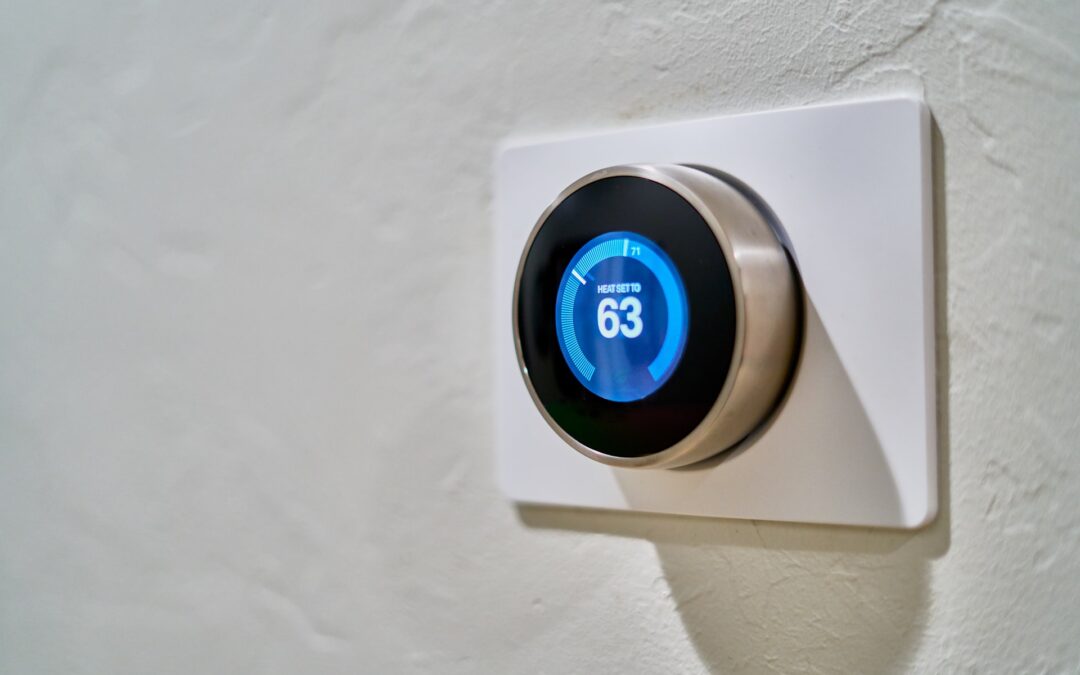A quick online search reveals a price tag of $19.90 to $272.65 for a programmable thermostat. Regardless of whether you’re considering the budget model or the deluxe version, the question still remains–will this thermostat save you money in the long run? Surprisingly, the answer is ‘maybe.’
The main advantage of programmable thermostats, and the source of reduced energy consumption, is the automatic temperature set back. While individuals can certainly manually set lower nighttime temperatures on a standard thermostat, they are not always consistent with the task. Some studies have shown that it’s possible to reduce energy consumption between 6 and 10% using programmable thermostats. However, a study conducted in Florida revealed a 12% increase in the amount of energy consumed by households using this device.
Experts agree. Whether or not a programmable thermostat saves you energy and money depends on how you use it. Here’s what you need to know.
Although our daily schedules can be somewhat haphazard and erratic, the most effective way to use your programmable thermostat is to set a program and stick with it. For instance, energy.gov suggests programming your thermostat for 68 degrees in the winter for the hours you’re home and awake and setting it back 10 to 15 degrees for 8 hours when you’re sleeping or out of the house. They suggest that this will give you the max benefit of about 10% savings.
According to the math, for every degree Fahrenheit you reduce your heat setting, you’ll use 1% less energy.
The problem, of course, is that for many, especially seniors or families with babies or young children, these suggested heat settings simply don’t provide enough heat for a comfortable winter existence. These households will need to modify the energy.gov recommendations, with a resulting increase in energy use—they can still reduce energy consumption, but probably not by 10%.
There are several common mistakes that people make with programmable thermostats that actually increase their energy costs. One common error is setting the temperature too high while trying to attain a uniform temperature in all rooms. Generally, rooms other than the main living area don’t need to exceed a temperature of 64 degrees.
Other mistakes include turning the thermostat to a high temperature in an attempt to heat rooms quickly (it doesn’t work), running the heat at a constant temperature with no setback, turning the heat off instead of using a setback temperature, and turning the heat up instead of throwing on a sweater.
Now here are some of the benefits of installing a programmable thermostat.
You will save money with proper use. If well programmed, your thermostat will effortlessly keep your home at the most comfortable temperature for you and your family. A good thermostat will keep your HVAC system optimized, reducing its workload. If you have zoned heating and cooling, programming the different zones will keep your home both comfortable and energy efficient.


